Struggling to catch a shopper's eye in a crowded store? Your product gets lost on the shelf, and sales suffer. Thoughtfully designed cardboard Point of Purchase (POP) displays can change that.
Cardboard Point of Purchase (POP) displays significantly influence consumer behavior by capturing attention at the crucial moment of decision. Their strategic placement, creative design, and promotional messaging encourage impulse buys, increase product visibility, and reinforce brand recognition, directly boosting sales and shaping purchasing decisions in-store.

This is a big claim, I know. But after 16 years in this industry, I've seen it happen time and time again. You might be wondering how exactly these simple cardboard structures achieve such a powerful effect. Let's break it down and look at the different ways these displays work their magic and drive real results on the retail floor.
How does visual merchandising1 affect consumer buying behavior?
Feeling like your product's design isn't enough to make it stand out? It blends in with competitors, ignored by potential buyers. Effective visual merchandising1 makes your product impossible to miss.
Visual merchandising uses color, lighting2, and strategic layout to create an attractive in-store environment. This directly affects buying behavior by grabbing attention, telling a product's story, and making the shopping experience3 more enjoyable. This often leads to unplanned purchases and stronger, more memorable brand loyalty.
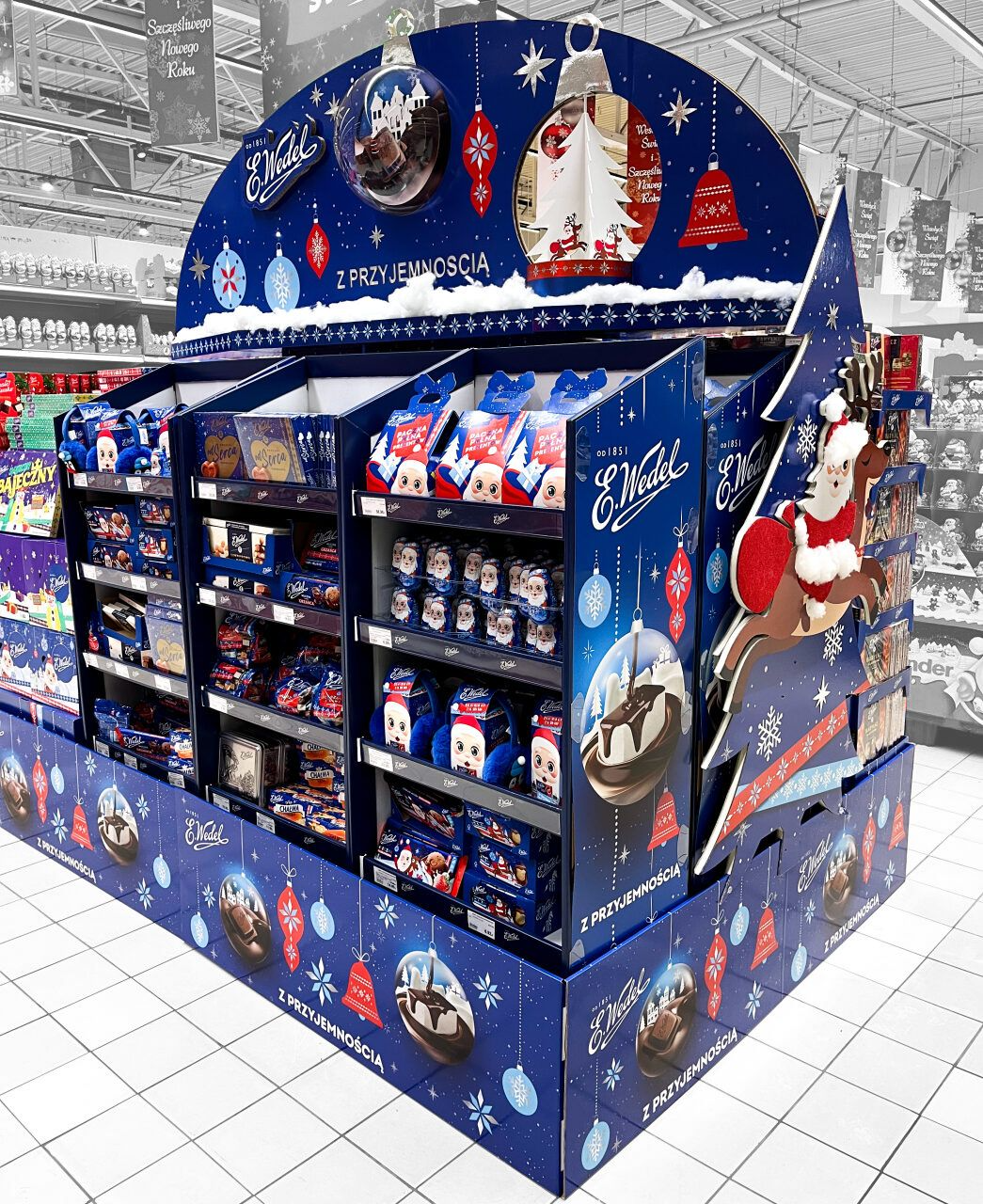
Visual merchandising is the silent salesperson in any retail environment. It's about communication without words. From my experience as a designer, I've learned it’s all about creating a journey for the customer.
The Power of First Impressions
A customer decides within seconds if a display is worth their attention. This is where color psychology4, lighting2, and overall shape come into play. A bright, uniquely shaped display can stop a customer in their tracks, pulling them away from their planned shopping path. I remember a project for a new snack brand. We used a vibrant yellow display shaped like their star ingredient. Sales in the first month doubled expectations simply because the display was fun and broke the visual monotony of the aisle.
Guiding the Shopper's Journey
Once you have their attention, the display must guide them. It’s not just about holding products; it's about presenting them in a way that makes sense.
| Visual Element | Psychological Impact on Shopper |
|---|---|
| Color | Evokes specific emotions (e.g., red for urgency, green for nature or health) |
| Lighting | Highlights key products and creates a mood (e.g., bright for energy) |
| Layout/Shape | Directs foot traffic, encourages exploration, and makes products easy to grab |
A good display makes the decision to buy feel easy and natural.
What is the impact of point of purchase display on retail sales5?
Are your retail sales5 numbers flat? Your marketing works to get people in the door, but conversion at the shelf is low. A well-placed POP display can be your final salesperson.
The impact is direct and significant. Point of purchase displays are proven to increase retail sales5 by driving impulse buys6 and highlighting2 promotions. By making a product stand out at the checkout or in a high-traffic aisle, they can lift sales by a substantial, measurable percentage.

In my 16 years of creating these displays, the most convincing argument for any client is seeing the direct impact on their bottom line. Data speaks louder than design concepts.
The Impulse Buy Trigger
A huge portion of buying decisions are made in-store. A POP display is the ultimate tool to capture these impulse buys6. It places the product right in the customer's path when they are most open to spontaneous purchases, like at the end of an aisle or while waiting in the checkout line. It serves as a final, powerful reminder.
More Than Just a Box
A client in the cosmetics industry was once hesitant to invest in cardboard floor displays. They thought regular shelf space was enough. We ran a test: ten stores with our custom displays and ten without. The stores with the POP displays saw a 40% increase in sales for that specific product line over one month. The display wasn't just holding products; it was actively selling them by clearly communicating a "2-for-1" deal that was easy to miss on the crowded main shelf. That data showed them that a display has a clear and measurable return on investment, turning a simple piece of cardboard into a revenue-generating machine.
What is the impact of visual merchandising1?
Worried your brand gets forgotten after a customer leaves the store? They might buy once, but they don't become loyal fans. Great visual merchandising1 builds a lasting brand image.
The impact of visual merchandising1 extends far beyond a single sale. It shapes the customer's entire perception of a brand and the store itself. Good visuals create a memorable experience, build a strong brand identity7, and encourage repeat visits, making it a critical tool for long-term customer loyalty8.
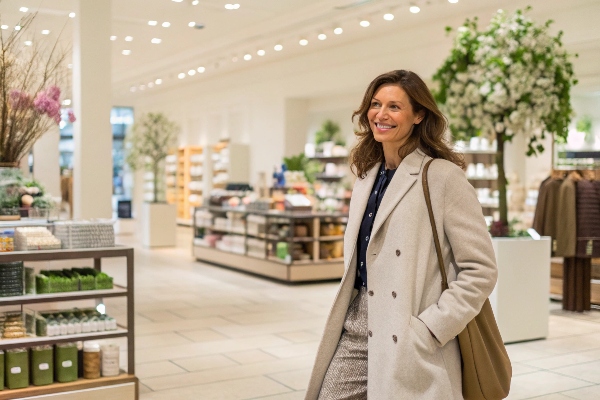
This topic is so important that it's worth looking at from another angle. While the first point was about the immediate purchase, this is about the long-term relationship with the customer.
Building a Brand Story
Visual merchandising tells your brand's story. Are you a luxury brand? A fun, family-friendly brand? An eco-conscious brand? The materials, colors, and graphics on your displays communicate this instantly. I once worked with a small, organic coffee brand. We designed not just a POP display, but a whole "eco-corner" concept using unbleached cardboard and green, soy-based inks. This cohesive visual story turned one-time buyers into brand advocates because it resonated with their values.
Creating a Shopping Destination
Ultimately, great visual merchandising1 transforms a store from a place to simply buy things into a place people enjoy visiting. This has a massive impact on the brand and the retailer.
| Aspect | Poor Visual Merchandising | Effective Visual Merchandising |
|---|---|---|
| Store Atmosphere | Cluttered, confusing, stressful | Organized, inviting, pleasant |
| Brand Perception | Cheap, low-quality, disorganized | Professional, high-quality, trustworthy |
| Customer Loyalty | Low, customers don't return | High, customers come back for the experience |
This builds a foundation for sustainable growth9, not just a temporary sales spike.
What is the impact of digital influence10 on consumer buying behavior?
Seeing customers on their phones while standing in your store? They are comparing prices and reading reviews, and they might leave without buying. You can merge this digital habit with your physical displays.
Digital influence dramatically changes consumer behavior11. Shoppers research online, read reviews, and compare prices, even while standing in the aisle. This means physical displays must now bridge the online and offline worlds, often by integrating digital elements like QR codes12 to provide instant information or social proof.
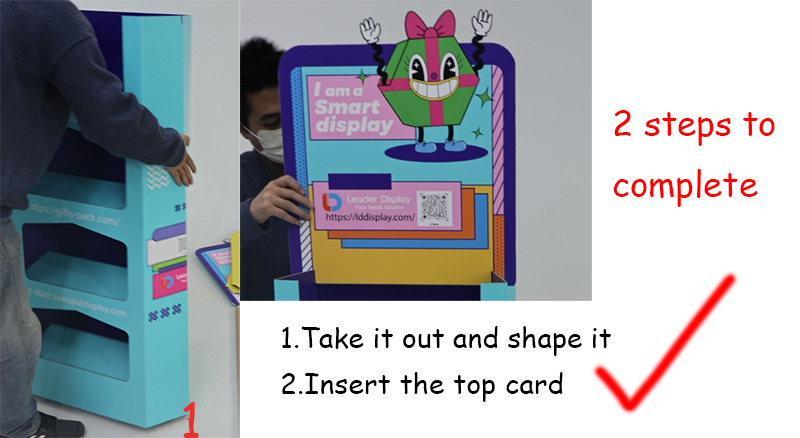
As a designer, I can't ignore how people shop today. The phone is part of the shopping experience3, so our displays have to adapt to this reality.
The Rise of the Informed Shopper
Today's shopper comes armed with information. They want to validate their choice before they buy. A simple display with just a price is no longer enough. They are looking for reviews, tutorials, and comparisons. If your physical display doesn't help them, they'll turn to their phone and might get distracted by a competitor's ad. This is a critical moment where you can either lose the sale or win their trust.
Bridging the Physical and Digital Gap
For a tech gadget launch, we faced this exact challenge. We knew customers would be looking up reviews online. So, we designed the cardboard display with a large, unmissable QR code right at eye level. This code didn't just go to the company website; it opened a special page with top video reviews, a quick-start user guide, and an exclusive in-store discount. Instead of fighting the customer's phone use, we embraced it. The display became an interactive sales tool13, providing the social proof and extra value they were looking for, right at the point of decision.
Conclusion
Cardboard POP displays are powerful tools. They grab attention, boost impulse sales, and when combined with smart visual and digital strategies, they shape the entire customer shopping experience3.
-
Gain insights into visual merchandising and its impact on customer experience. ↩ ↩ ↩ ↩ ↩ ↩
-
Discover how effective lighting can enhance product appeal and customer engagement. ↩ ↩ ↩
-
Explore elements that contribute to a positive shopping experience and customer satisfaction. ↩ ↩ ↩
-
Understand the role of color in influencing shopper behavior and choices. ↩
-
Explore key factors that can significantly affect your retail sales numbers. ↩ ↩ ↩
-
Learn effective techniques to encourage impulse purchases and boost your sales. ↩ ↩
-
Learn how to create a strong brand identity that resonates with your target audience. ↩
-
Find strategies to foster customer loyalty and repeat business through effective merchandising. ↩
-
Learn about strategies that ensure long-term growth and success in retail. ↩
-
Understand the impact of digital trends on shopping habits and sales. ↩
-
Understanding consumer behavior can help you tailor your marketing strategies for better sales outcomes. ↩
-
Discover how integrating QR codes can provide valuable information and boost sales. ↩
-
Find out how to make your displays interactive to engage customers effectively. ↩


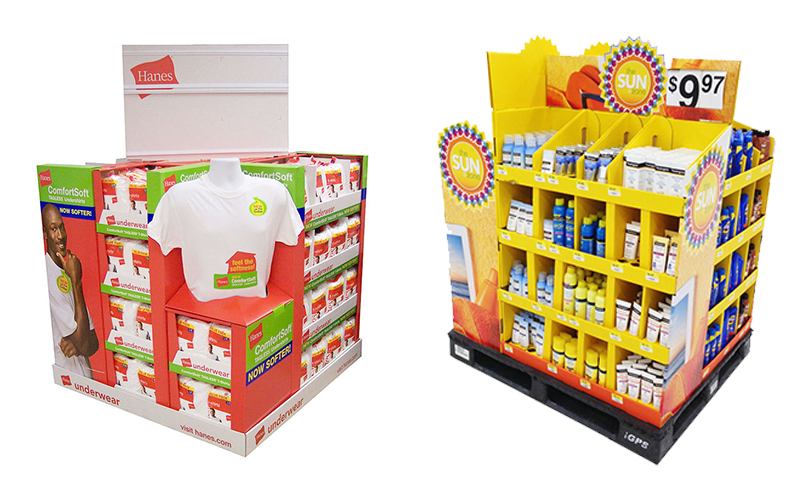
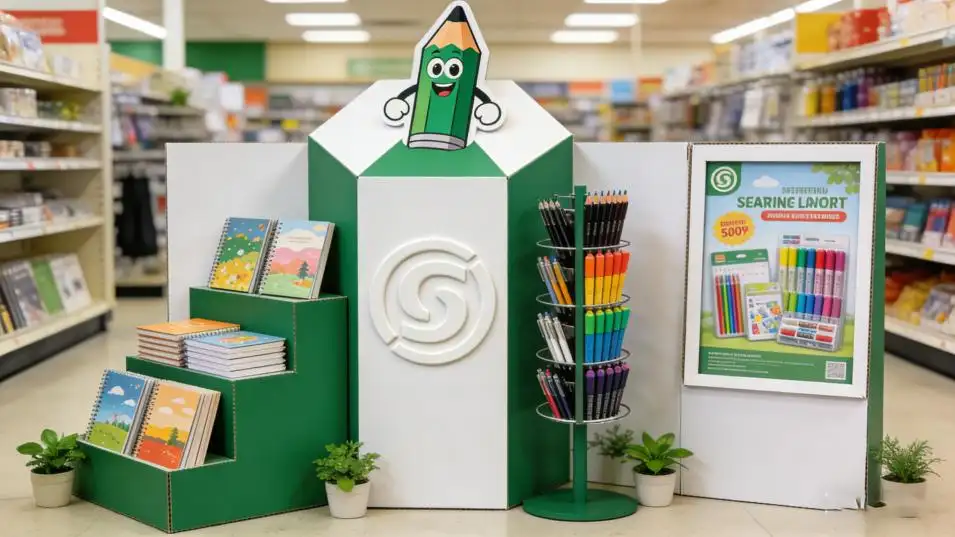

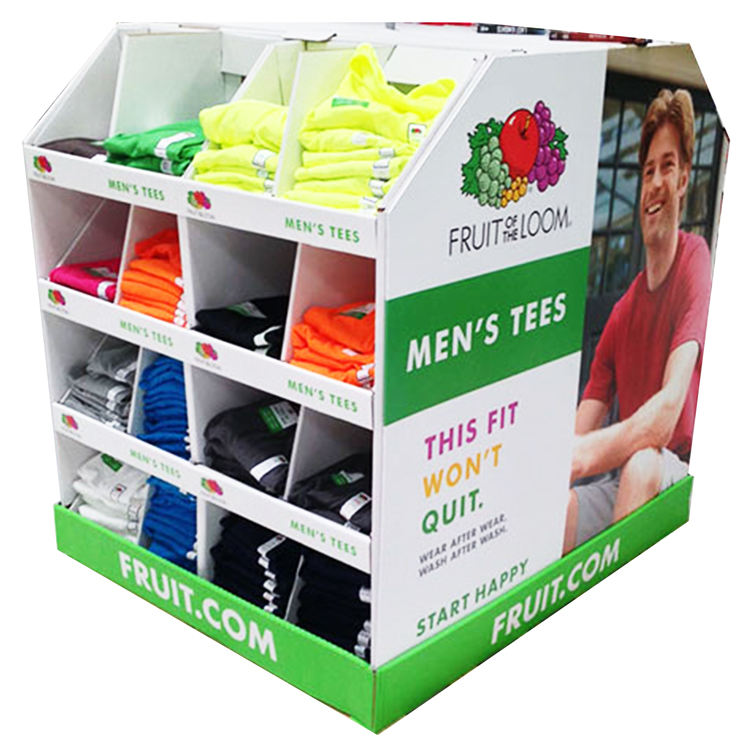
2 Responses